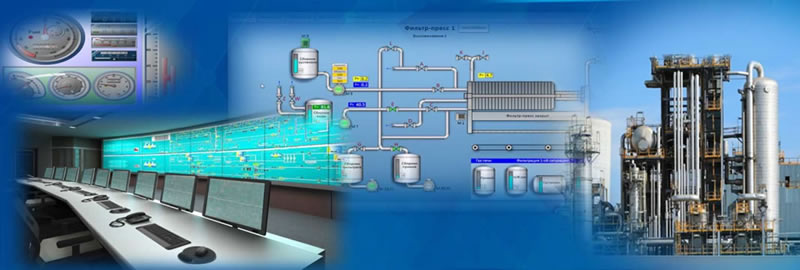
Course Overview
This comprehensive 5-day course provides participants with a deep understanding of instrumentation, process control, automation, and electrical systems in industrial settings. Participants will explore topics including electrical power generation and distribution, field instrumentation, control loop structures, Distributed Control Systems (DCS), and Safety Instrumented Systems (SIS) such as Emergency Shutdown Systems (ESD), High-Integrity Pressure Protection Systems (HIPPS), and fire and gas systems.

Participants
Instrumentation engineers
Control systems engineers
Electrical engineers
Automation engineers
Process engineers
Prerequisites
Basic understanding of industrial processes and systems
Familiarity with electrical and instrumentation terminology
Learning Assessment
Continuous assessments all-along the program.
Final assessment including a presentation in front of a jury
Program
Day 1: Electrical Power Generation and Distribution
Overview of electrical power generation methods
Introduction to electrical power distribution networks and equipment
Fundamentals of electrical safety in industrial environments
Day 2: Field Instrumentation and Control Loop Structures
Types and functions of field instrumentation devices
Basic control loop structures and control strategies
Introduction to PID controllers and tuning methods
Day 3: Distributed Control Systems (DCS)
Overview of Distributed Control Systems (DCS)
Architecture and components of a DCS
Hands-on exercises with DCS simulation software
Day 4: Safety Instrumented Systems (SIS)
Introduction to Safety Instrumented Systems (SIS)
Types of SIS: Emergency Shutdown Systems (ESD), High-Integrity Pressure Protection Systems (HIPS), fire and gas systems
Principles of SIS design, implementation, and testing
Day 5: Integration and Application of Instrumentation, Process Control, Automation & Electrical Systems
Integration of instrumentation, process control, and automation systems
Case studies and practical applications in industrial settings
Review of key concepts and discussion of real-world challenges
